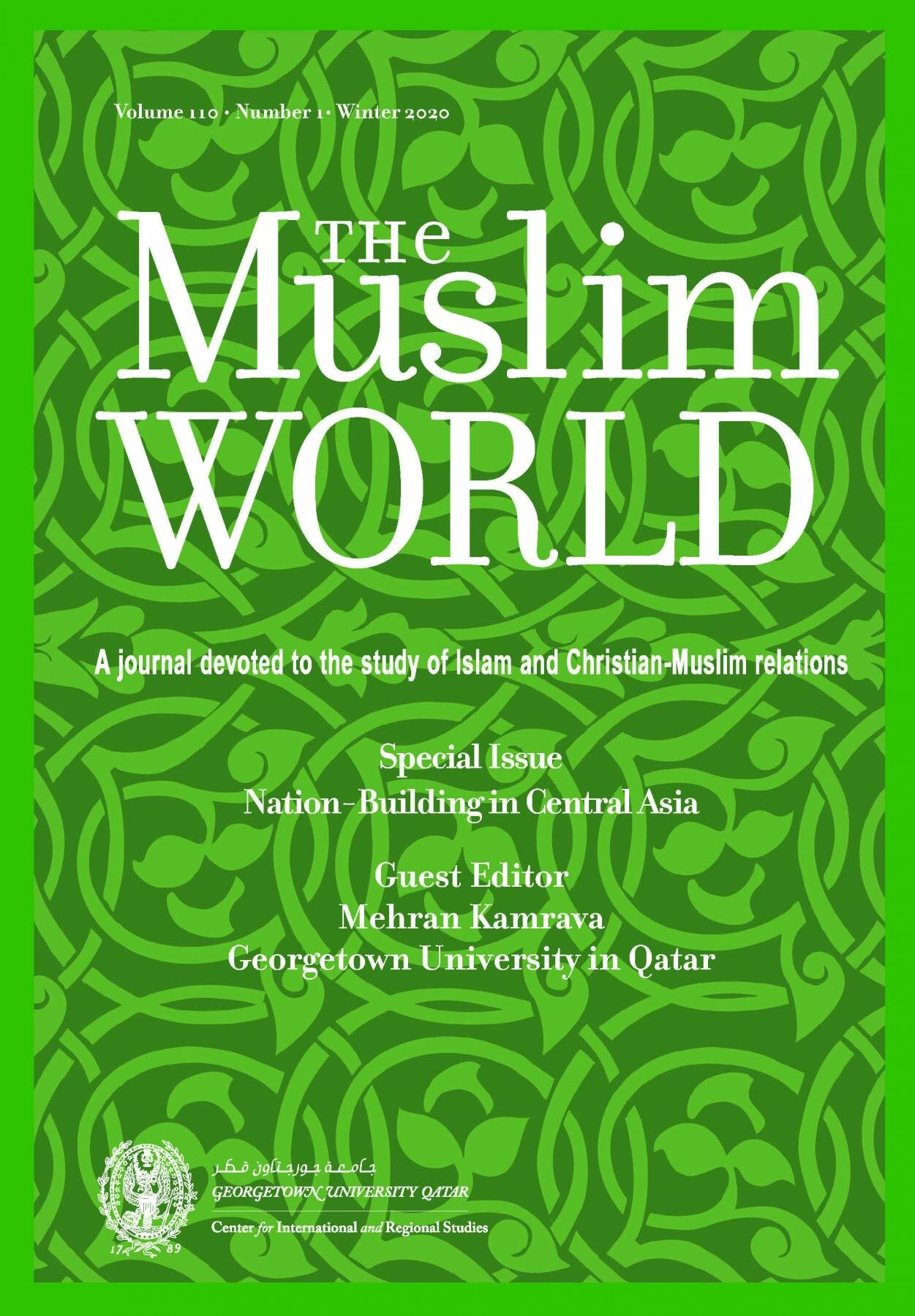The Muslim World: Nation-Building in Central Asia

To cite this publication: Mehran Kamrava, guest ed., “Nation-Building in Central Asia,” CIRS Special Issue of The Muslim World 110, no. 1 (2020).
As separate political entities, the Central Asian republics were created in the early years of the Soviet Union, during the 1924–1925 “national delimitation” efforts of the new USSR. But it was only with the onset of formal independence in 1991 that processes of nation‐building in the former Soviet Union started in earnest, including in Central Asia. One of the key challenges the new national elites faced was which “model” of economic development and political organization to adopt: the Chinese model of gradual political reforms; the Russian approach of shock therapy, emblematic of the 1990s; the Turkish secular model; or, perhaps even the Kuwaiti model of authoritarian developmentalism. Most opted for a default hybrid of authoritarianism that featured some combination of elections mixed with a strong cult of personality. In the process, both deliberately and inadvertently, state elites shaped and influenced the emerging nations over which they ruled.